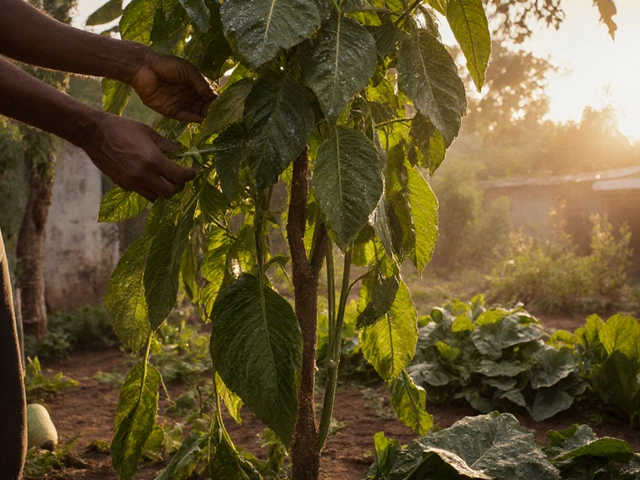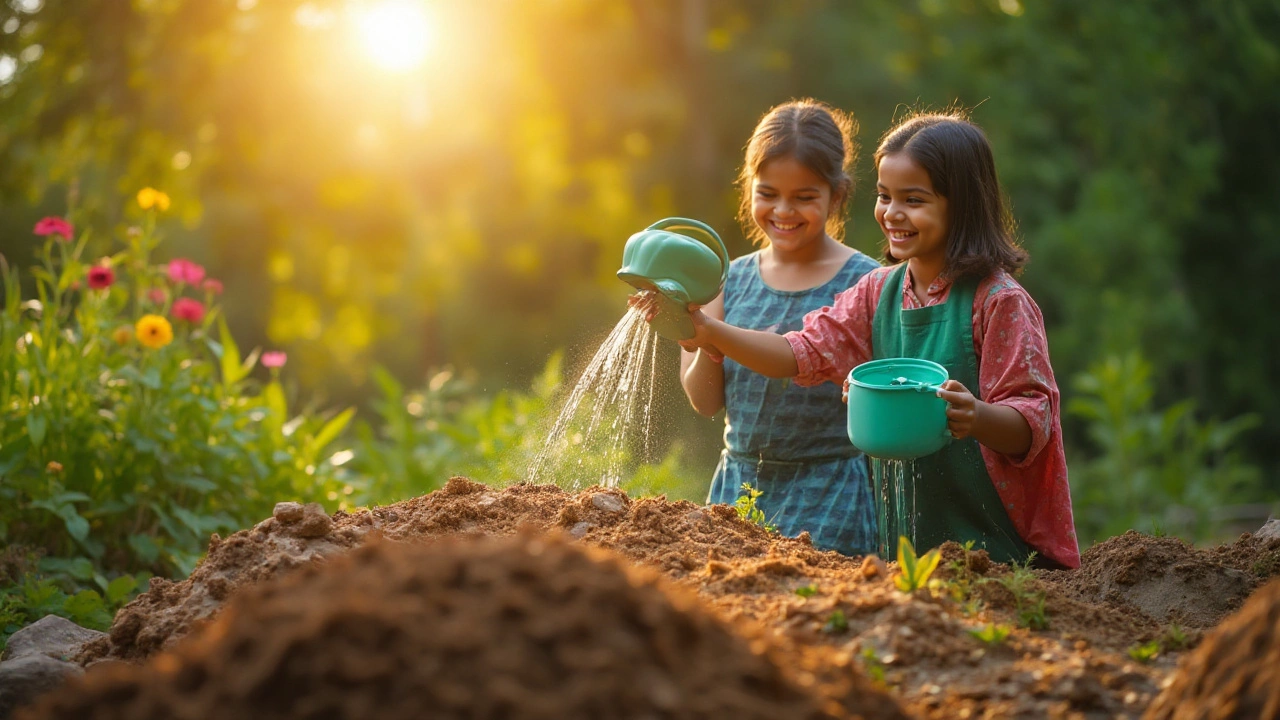Topsoil Basics: Choose, Improve & Use the Best Soil for Your Garden
When you hear the word “topsoil,” think of the layer that feeds every plant in your garden. It’s the first thing roots meet, so its quality decides how well your veggies, flowers, or lawn will grow. Below you’ll find easy steps to pick the right topsoil, test what you have, and make cheap upgrades that pay off fast.
What Makes Good Topsoil?
Good topsoil is a balanced mix of mineral particles, organic matter, and living microbes. The mineral part (sand, silt, and clay) gives structure – sand helps drainage, clay holds nutrients, and silt fills the gaps. Organic matter, like compost or aged manure, feeds microbes and improves water‑holding capacity. You’ll also want a pH between 6.0 and 7.0 for most garden plants.
To check your soil, grab a handful and feel it. It should feel crumbly, not powdery (too much sand) or clumpy (too much clay). A quick squeeze test helps: if water drips out after a few seconds, drainage is fine. If it pools, you may need to add sand or coarse organic material.
How to Boost Your Garden’s Topsoil
Improving topsoil doesn’t require a big budget. Here are three low‑cost moves you can start this weekend:
- Add compost. Spread a 2‑inch layer of well‑rotted compost over your beds and work it into the top 4‑6 inches. Compost adds nutrients and feeds beneficial microbes.
- Incorporate green manure. Plant fast‑growing legumes like clover or mung beans. When they flower, cut them down and let them decompose in place. This adds nitrogen and organic matter.
- Use gypsum for heavy clay. If your soil feels dense, sprinkle gypsum at a rate of 5 kg per 10 m² and mix it in. Gypsum improves structure without raising pH.
For raised beds or container gardens, buy a pre‑mixed topsoil that lists “100% composted organic matter” and “balanced texture.” Avoid soils that contain a lot of peat moss if you’re in a water‑scarce area – peat holds water too tightly and can dry out your garden faster.
Finally, remember to mulch. A thin layer of straw, wood chips, or shredded leaves protects the soil surface, reduces evaporation, and adds more organic material as it breaks down.
With these straightforward steps, you can turn mediocre ground into a thriving foundation for every plant you grow. Check your soil, add a few simple amendments, and watch your garden respond with stronger, healthier growth.
How to Turn Topsoil into Garden Soil for a Flourishing Yard
Turning topsoil into vibrant garden soil isn't just for the green thumbs—it's a game-changer for anyone looking to boost their garden's productivity. By understanding the composition of topsoil and incorporating organic materials, anyone can transform the barren into the bountiful. The process involves utilizing common household compost and natural minerals, ensuring your soil is rich in nutrients and full of life. Plus, a few trade secrets help keep pesky weeds at bay and ensure plants thrive.
Crafting Rich Topsoil: A Comprehensive Guide to Garden Vitality
Discover how to create your own topsoil at home, turning kitchen scraps and garden waste into nutrient-rich soil. This guide covers the essential steps for composting and the impact of microorganisms on soil health. Learn about natural additives that can enhance your topsoil and explore the economic and environmental benefits of recycling organic matter. Perfect for gardeners looking to boost their soil quality sustainably.
About
Soil Improvement
Latest Posts
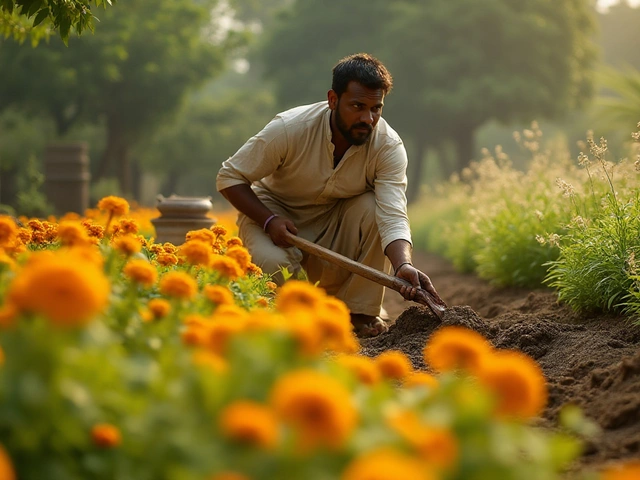
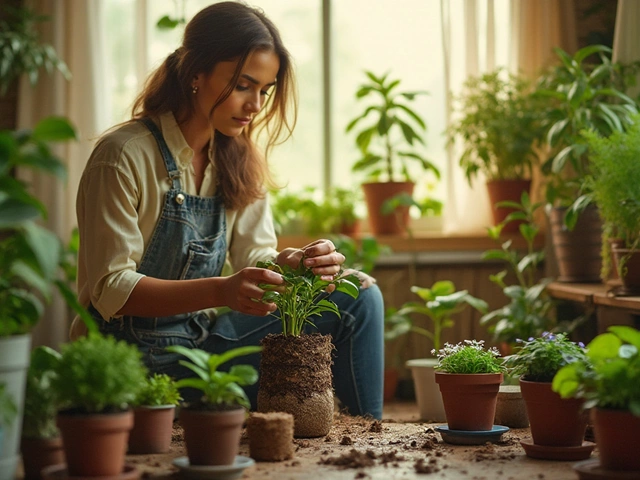
Common Indoor Plant Care Mistakes You Should Avoid
By Alden Thorne Jan 3, 2025
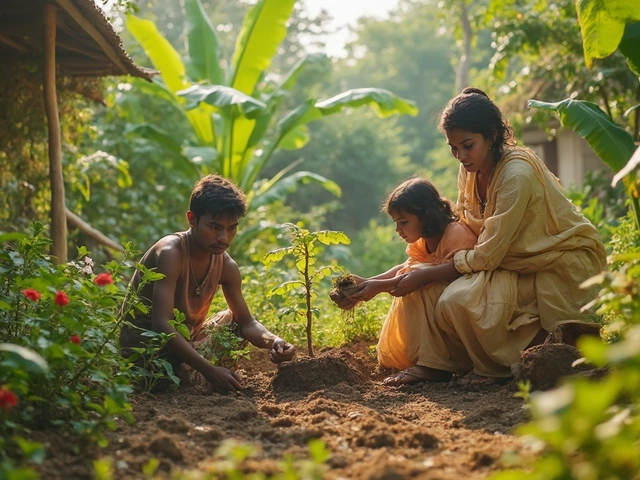
Ecosystem Garden: How to Build a Self-Sustaining Backyard Habitat
By Alden Thorne Apr 20, 2025

Victorian Terrace House: Key Features, Layout, and How to Spot One
By Alden Thorne Sep 9, 2025
